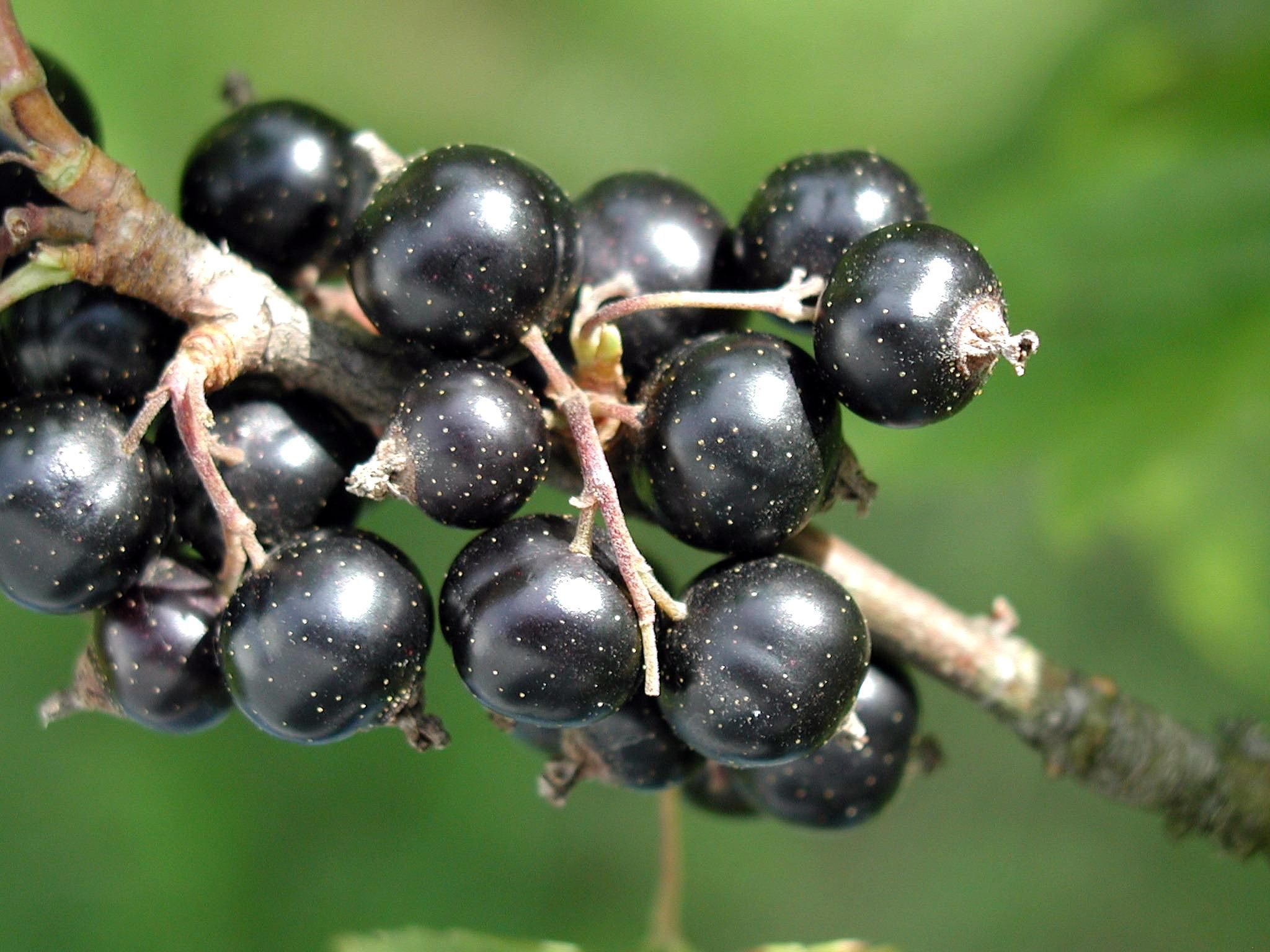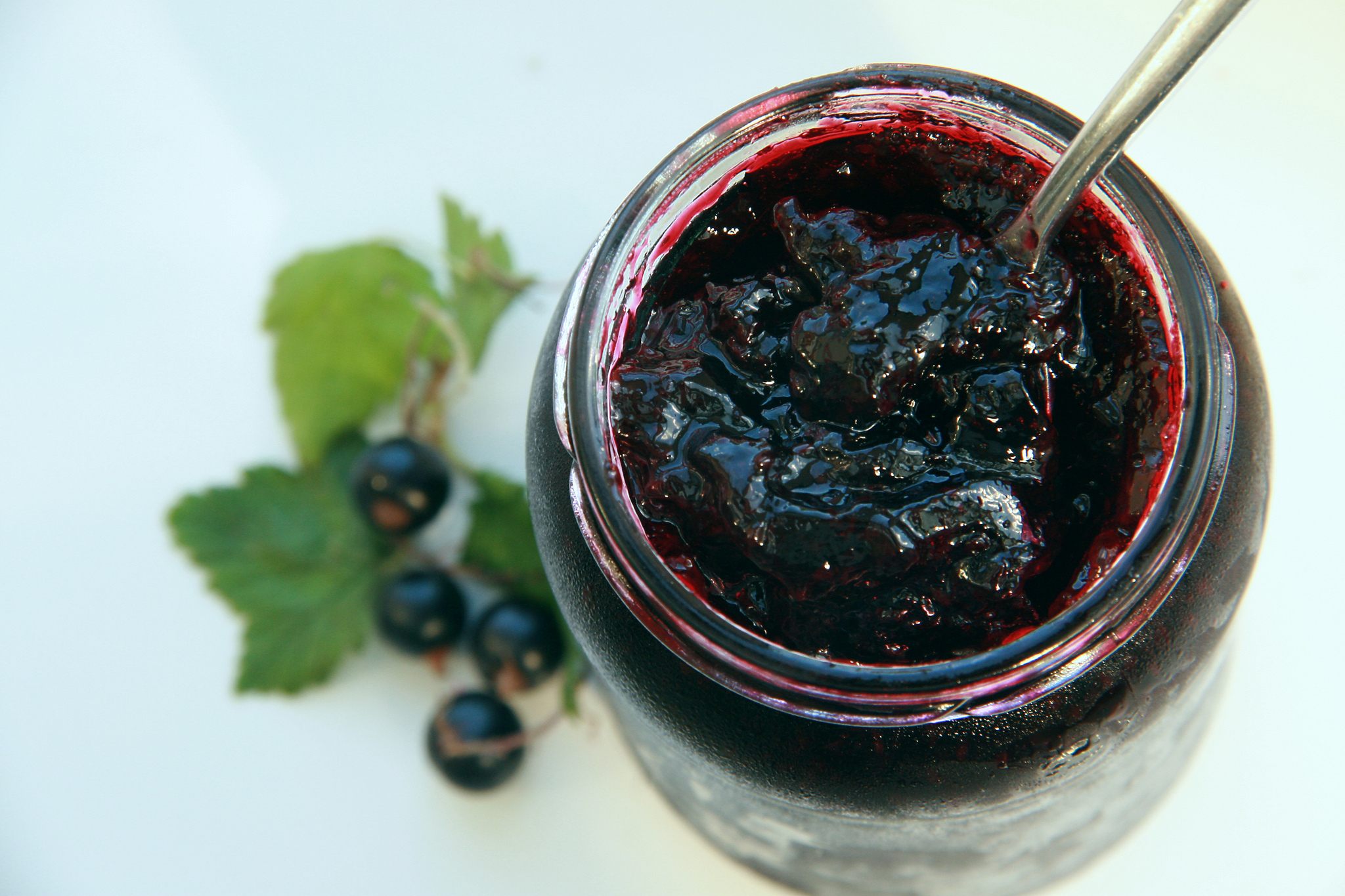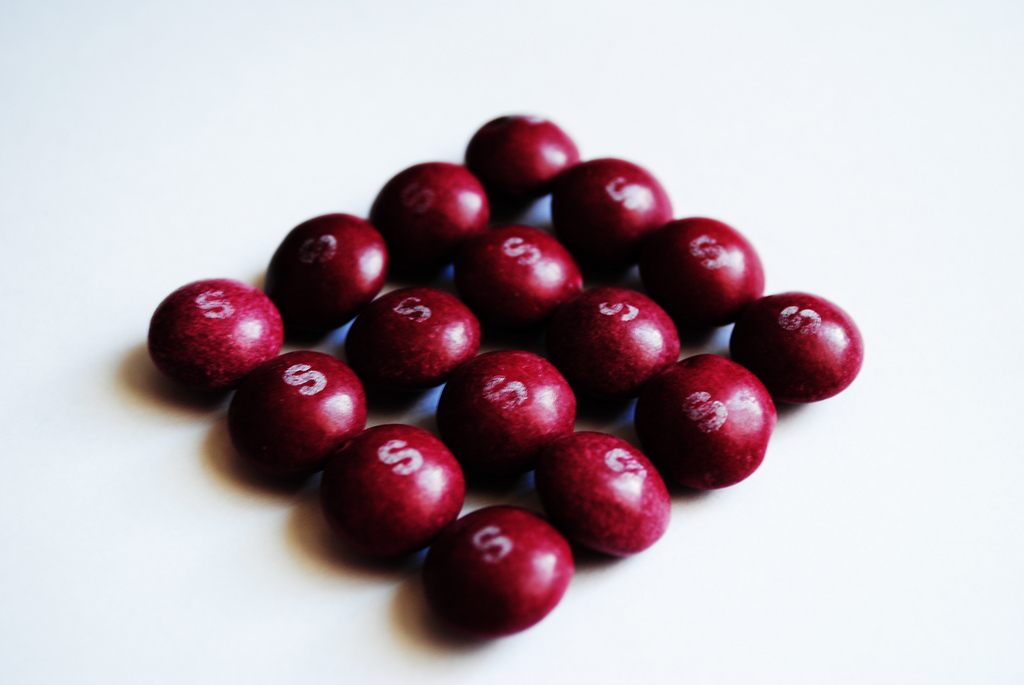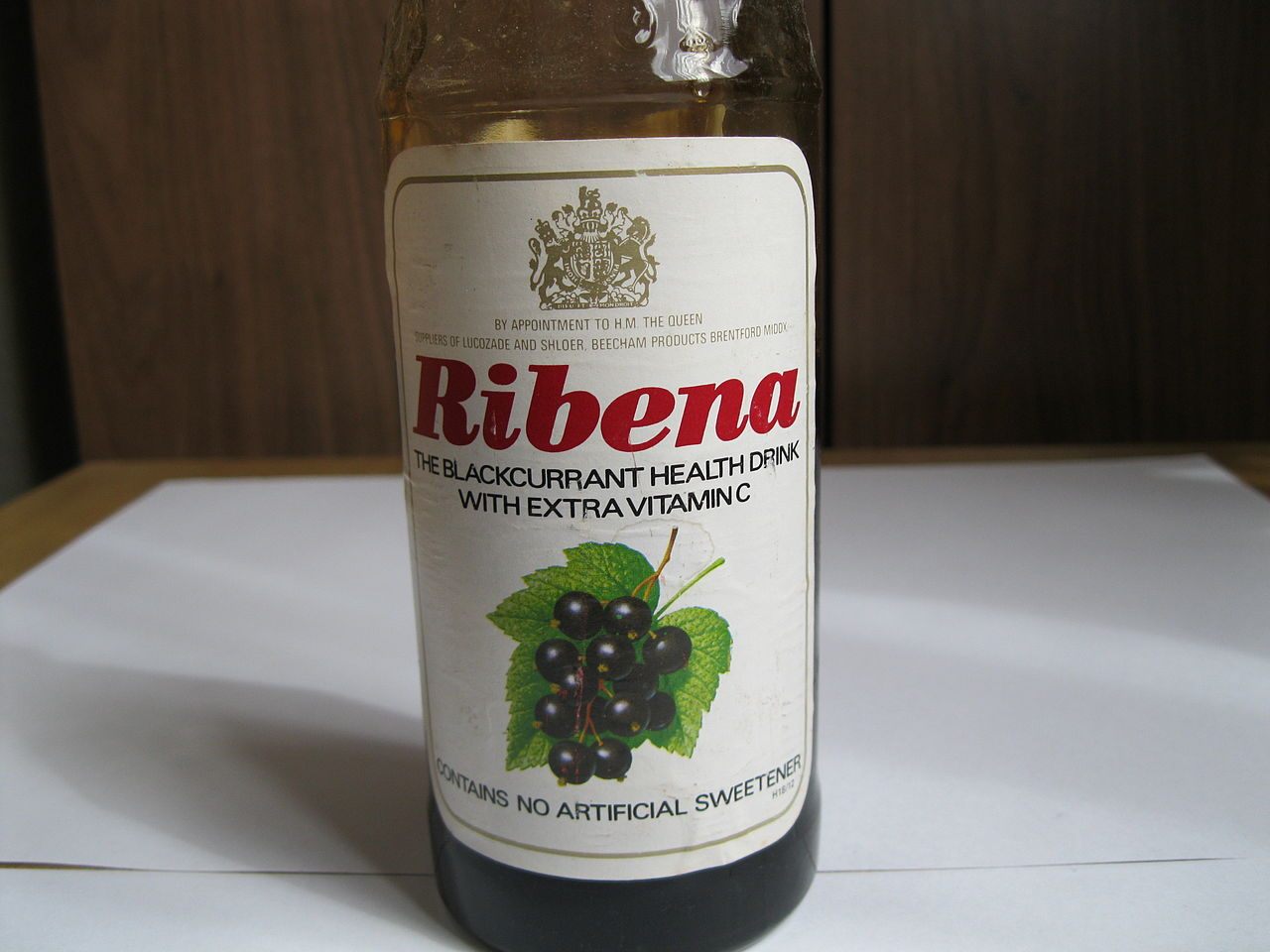Why the Purple Skittle Tastes Different Outside America
The long-forbidden blackcurrant fruit is making a U.S. comeback.

Succulent blackcurrants waiting to be picked. (Photo: Public Domain)
Pop quiz: What flavor is the purple Skittle? If you grew up tasting the rainbow in the U.S. of A, the answer is clearly grape. But in other countries, including the U.K. and Australia, purple Skittles taste like another fruit altogether: blackcurrant.
Most American mouths have never tasted the sweet yet tart tang of the blackcurrant berry. There’s a big reason for that: in the early 20th century, the growing of blackcurrants was banned on a federal level in the U.S. after legislators discovered that the plants, brought over from Europe, had become vectors for a wood-destroying disease known as white pine blister rust.
During the 1960s, the federal ban on the berry was relaxed in favor of state-by-state jurisdiction, and most states now allow it to be grown. But the damage had already been done—the blackcurrant jams, juices, pastries and cakes that are standard throughout Europe are nowhere to be found stateside.
The fruit’s taste, when sweetened, is sort of a cross between a blueberry and a cranberry. “People consistently love the flavor, but they just didn’t grow up with [blackcurrants],” says farmer Jim Riddle, who enjoys blackcurrant jam with peanut butter on toast. “They do have a stronger taste than the American palate is used to.”

Blackcurrant jam. (Photo: Karen Jackson/CC BY-ND 2.0)
Greg Quinn has been growing blackcurrants in New York’s Hudson Valley for the last 13 years. Quinn, who first discovered the berry when running a restaurant in Germany’s Bavaria region, was so sold on its merits that in 2003 he successfully lobbied lawmakers to overturn the state’s ban on growing them.
He now has 10,000 blackcurrant bushes in his backyard, and has made it his mission to reintroduce blackcurrants to the American palate, believing their unique taste and nutritional benefits deserve a second chance. Quinn’s CurrantC-branded blackcurrant concentrates and juices have already proven popular in some restaurants and cocktail bars. But it can be a hard sell.
“When I started this thing in 2003 right after the law changed, Americans, for the most part, did not know what blackcurrants were,” he says. “To confuse the matter, in the 1920s there was a dried grape from Greece that was mistakenly called the currant. So not only did Americans not know what a currant was, they didn’t know what a currant wasn’t.”
To figure out how to grow the berries, and what products to make from them, Quinn toured farms across the world and scoured supermarkets for blackcurrant-flavored items. ”I would buy everything I could find made from blackcurrants,” he says. “At one point I was up to 183 different items.”
Some of those products, including shredded wheat cereal with blackcurrant filling and a blackcurrant-topped cheesecake, were made by American companies who create them for international markets but don’t offer them for sale domestically.

The purple part of the Skittles rainbow tastes a little different outside America. (Photo: Luke Gray/CC BY-SA 2.0)
Americans’ lack of enthusiasm for the mighty blackcurrants—which have four times the vitamin C of oranges, more potassium than bananas, and twice the antioxidants of blueberries—is puzzling to many European and other expats. ”Eastern European countries are absolutely rabid about currants,” says Quinn. “Blackcurrant juice is as common there as orange juice is here.”
Expats are among Quinn’s most eager customers. “No-one’s blasé about it,” he says. “I get calls and emails all the time saying ‘I’m so happy I found you, I never knew about this! I had blackcurrants back home, my grandmother grew them and my mother baked pies.’ I get all these anecdotes and stories.”
By 2008, CurrantC products were being sold in 4,000 supermarkets nationwide and the company, says Quinn, had just received a contract for its drinks to be sold in Starbucks. Then the global financial crisis hit, and things went south fast. Blackcurrant juice, “considered to be sort of a high-end item,” was suddenly a risk.
Stores withdrew orders, contracts were cancelled, and CurrantC had to regroup. Quinn reinvented the company as an e-commerce business. After years of online-only sales, he is now gearing up to get his products back in bricks-and-mortar stores.

The Ribena-brand blackcurrant drink: huge in the Commonwealth, not so much in the U.S. (Photo: Reedy/CC BY-SA 3.0)
Quinn is joined by a few other American farmers who believe in the blackcurrant—Blue Fruit Farm in Minnesota, for example, has been growing the berry since 2010. Farm owners Joyce Ford and Jim Riddle travel to regional food shows armed with samples of blackcurrant jam, hoping to lure foodies with a taste test.
A common sales pitch is to suggest substitutions for known flavors. “I often mention how they’re a great replacement for cranberry sauce,” says Riddle. “That’s something they can get their head around.”
America may not be switching the flavor of the purple Skittle any time soon, but the blackcurrant comeback tour is well underway. Blue Fruit Farm has sold berries to a distillery that makes sloe gin, as well as a brewery, ice cream maker, and creators of pastries, jams and jellies. Quinn’s CurrantC now supplies blackcurrants to an increasing number of New York businesses, including the Michelin-starred Brooklyn restaurant Meadowsweet, which serves a cocktail containing vodka, blackcurrant, rosemary, honey, and lemon.
In recognition of a certain Hudson Valley farmer’s persuasive blackcurrant rhetoric, the name of the drink is the Mighty Quinn.
Gastro Obscura covers the world’s most wondrous food and drink.
Sign up for our email, delivered twice a week.
























Follow us on Twitter to get the latest on the world's hidden wonders.
Like us on Facebook to get the latest on the world's hidden wonders.
Follow us on Twitter Like us on Facebook